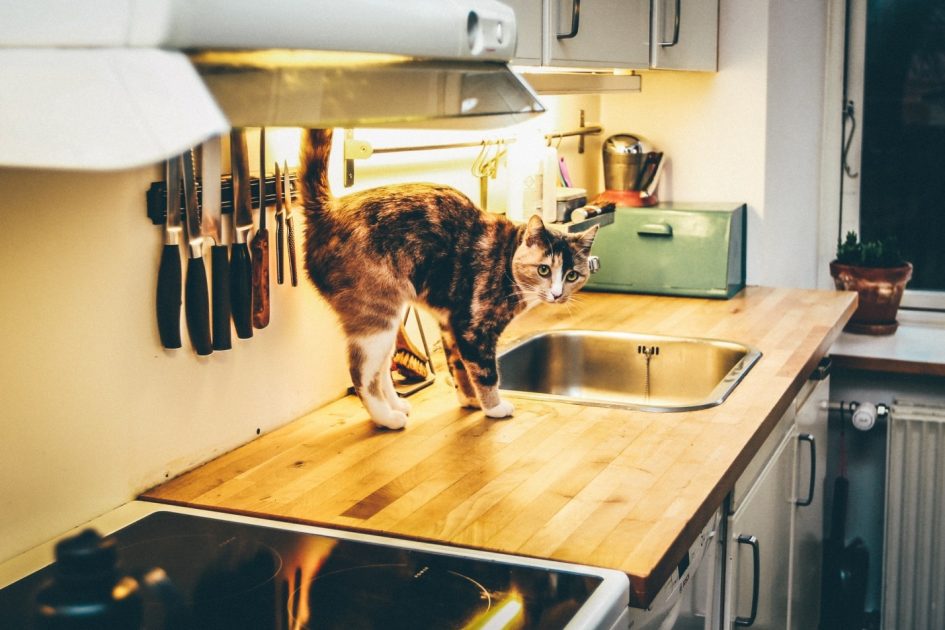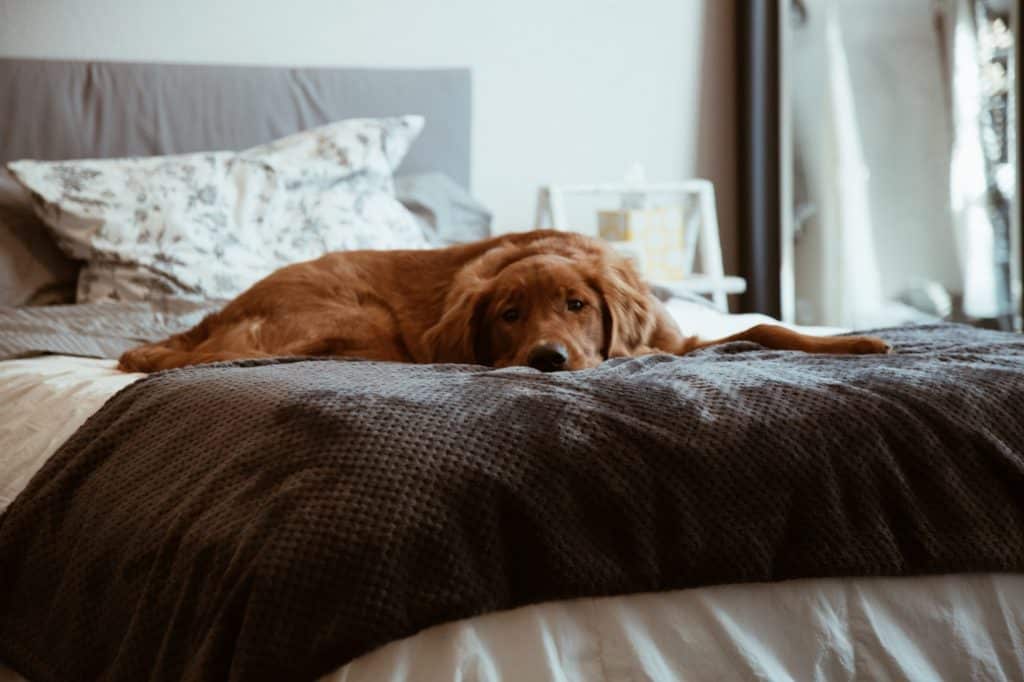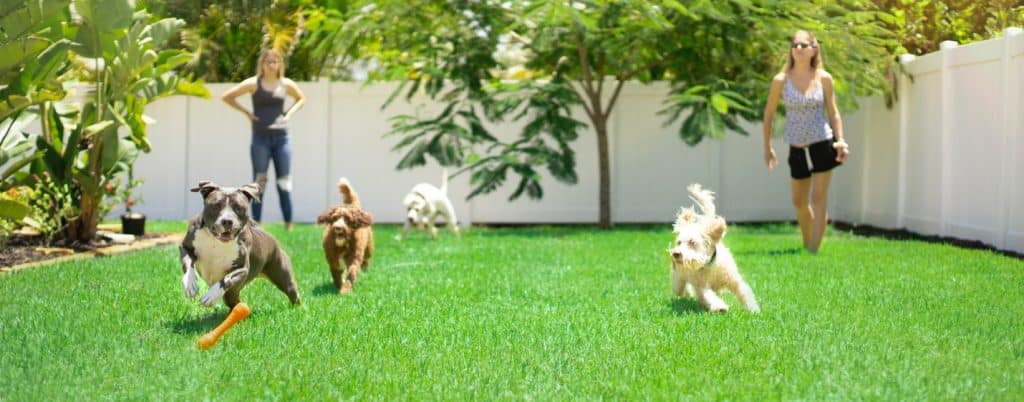

Tips On How to Make Your Home Pet Proof
Almost every room in your house needs some kind of pet-proofing done. To help you with that, we’ve rounded up a few ways and tips that you should consider when pet-proofing your home.
Being a pet parent is undoubtedly one of the most exciting and rewarding experiences, especially given how adorable and fun cats and dogs are.
These furry little creatures surely make our world a happier and a more relaxed place to live in, and in return, they do deserve the best kind of life that you can give them.
Alongside being all cute and entertaining, dogs and cats are also often extremely curious and love being in places where they aren’t supposed to be. So, if you ever find your dog trying to reach for that chocolate on top of the kitchen cabinet, don’t be surprised! However, in order to make sure that your home is a safe space for your pet, you need to make your home pet-proof.
After all, a home is a place where not just human beings but also animals should be able to live safely without any danger.
Almost every room in your house needs some kind of pet-proofing done. To help you with that, we’ve rounded up a few ways and tips that you should consider when pet-proofing your home.
Pet-Proofing the Indoor Areas
When it comes to the indoor areas, there are areas like the living room, kitchen, laundry room, and bedrooms that require a certain degree of pet-proofing.
Bathrooms and Kitchen
- Open cabinets pose a serious hazard in kitchens and bathrooms, so keep your prying pets away by using childproof latches on all the cabinets.
- Make sure to keep the toilet lid closed when not in use since the water in toilet bowls often tempt pets to drink from it.
- Keep all medicines inside the medicine cabinet and make sure they aren’t left lying around here and there.
- Keep the trash cans properly covered, or if possible, keep them inside a latched cabinet because dogs often have a tendency to sniff garbage, and they might end up eating something harmful.
- Install a safety gate in the kitchen when cooking in order to keep your pets away and out of the way.
- Never leave food exposed on the counter table in the kitchen, but instead put it away in food storage containers.
Bedrooms

- Keep things like lotions, creams, and makeup products out of your pet’s reach by storing them in drawers or cabinets.
- Always make sure to keep all your shoes and laundry inside a safe space because things like buttons and drawstrings are a serious choking hazard.
- Keep the windows of your bedroom closed, especially if you live on the upper floor, because pets tend to stick their heads out of open windows.
- Never leave things like hairpins, earrings, and other jewelry products lying around because they are also a choking hazard.
Living Room
- Cover all electrical wires and cords or put them away in an inaccessible place to prevent your pet from chewing or playing with them.
- If you have plants in the living room, make sure they aren’t toxic and that they don’t come with a serious health hazard.
- Cover the fireplace with a fire screen, especially the ones that are in use.
Pet-Proofing the Outdoor Areas

When pet-proofing your home, make sure to focus on the outdoor areas, too, since pets do spend a significant time of the day outdoors as well. The outdoor section of your home consists of the garage, yard, and garden, if you do have one.
- Install a proper fence around the yard to keep your pets in and stray animals out.
- Place barriers in the garden to keep your pets away.
- If there are poisonous plants in the yard, make sure to remove them because they can be highly toxic for your cat or dog if swallowed or chewed.
- Create a pet-safe zone or area outdoors for your pets to play in during their playing hours.
- If you have a pool, create a boundary wall to prevent your pets from falling in the water or being anywhere near the pool.
- Keep all sharp tools and objects out of your pet’s reach in case they wander off to the garage in your absence.
- Store all chemicals in cabinets or high shelves because they can extremely hazardous for your pet.
Additional Tips for Pet-Proofing Your Home
To make your home pet proof, you need to exercise constant vigilance and make sure that all the pet-proofing accessories are used in the right manner.
Here are additional steps you can take when pet-proofing your home to ensure maximum safety and protection for your pet.
- Put away all the items in your home that you don’t want your pet to play or come in contact with.
- Use no-chew sprays on furniture items that you think your pet is likely to chew despite being told off by you.
- Create a pet-safe zone in your home with a nice bed and a number of toys to keep your pet busy and away from harm. This is one of the most ideal ways to minimize damage and create a special space for your pet cat or dog.
Pet Proofing Ensures A Safe, Happy Space for Your Pet
Pet proofing your home might sound like a lot of work, but you must know that it’s absolutely vital to keep your pet out of harm’s way.
Cats and dogs are highly inquisitive creatures, and they don’t have the ability to think like humans. So, it is the ultimate job of pet parents and owners to pet proof their homes so that they can be at peace knowing that their pet is perfectly safe and sound.
At the same time, though, it’s essential to keep an eye on your furry friend even after making your home pet proof. After all, this helps ensure that your home is a safe and happy space for your dear pet.
Discover how to create a joyful, healthy home for your pet.
Subscribe to your weekly rundown of practice, real life ideas and training tips straight to your inbox.


